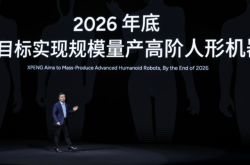Xiaopeng Unveils Robotaxi and IRON: The "Safety Examination" for Embodied AI Kicks Off
![]() 11/06 2025
11/06 2025
![]() 548
548
"When AI evolves from mere algorithms on a screen to a 'physical companion' that can open doors and accompany you on commutes, which should take precedence: safety or intelligence?" The opening question at Xiaopeng's November 5th Technology Day shifted the focus of this tech event from a mere 'display of technical parameters' to real-life scenarios. The unveiling of the L4-level Robotaxi mass production plan, the IRON humanoid robot, and the underlying physical world large model on that day all essentially revolve around one central question: How can AI safely 'step into' the real world? 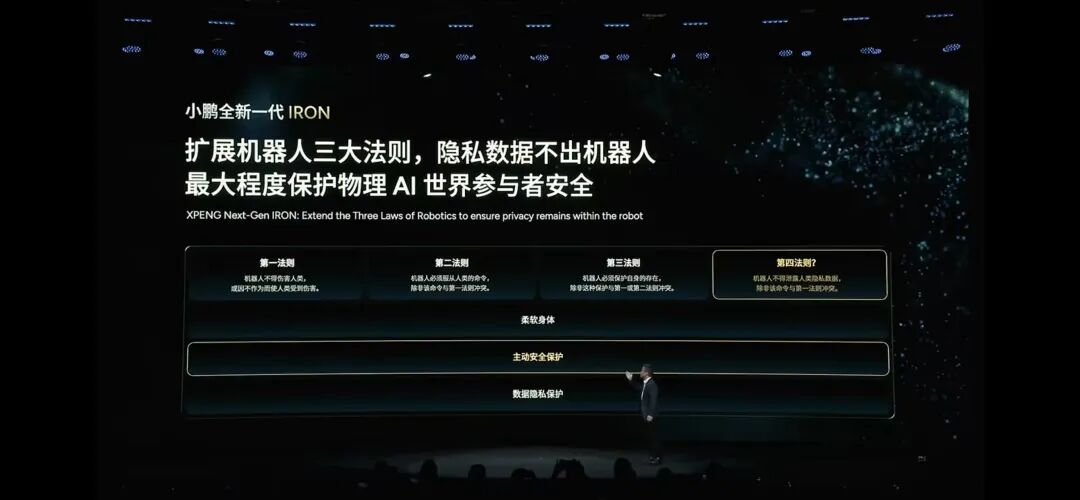
Robotaxi's Triple Confidence: A Daring Leap from 'Map-Free' to 'Driverless'
Xiaopeng's announcement of trial operations for L4-level Robotaxi in 2026 is far from a mere commercial teaser; it is a testament to its technological prowess. Its confidence is rooted in a three-tiered architecture:
Dual Redundancy 'Lifeline': The 'dual backup' system for six core components, including computing power, steering, and braking, lays the physical foundation for eliminating safety officers. This is akin to equipping the vehicle with two hearts, enabling fault switching within 50 nanoseconds (one million times faster than a human blink) to ensure vehicle controllability under any sudden circumstances.
Map-Free Intelligent Brain: The second-generation VLA model liberates AI from its reliance on high-definition maps. It not only comprehends the similarities between Beijing's hutongs and Shanghai's alleyways but also adapts to traffic rules in different countries. This means its decisions are based on a generalized understanding of the physical world rather than rote memorization.
Open Ecosystem Approach: By opening its SDK to partners like AutoNavi, Xiaopeng aims to integrate Robotaxi more swiftly into existing transportation networks. This move not only accelerates commercialization but also expands the boundaries of safety responsibility into a more complex collaborative ecosystem.
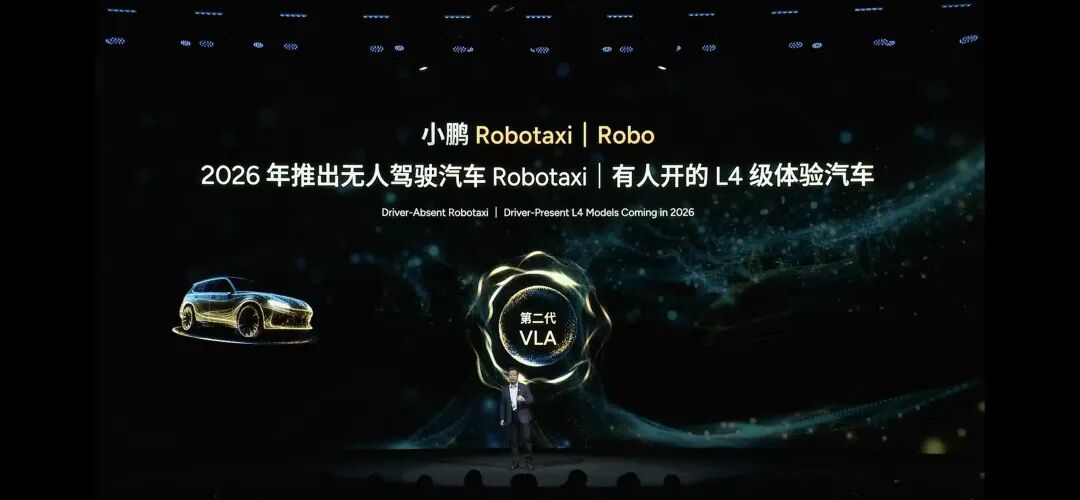
IRON Robot: Bringing 'AEB' into the Living Room as an Embodied AI Participant
If Robotaxi represents 'intelligence on the road,' then the 178cm-tall IRON robot embodies 'intelligence invading living spaces.' Its standout feature lies not in walking but in 'knowing how to walk safely.'
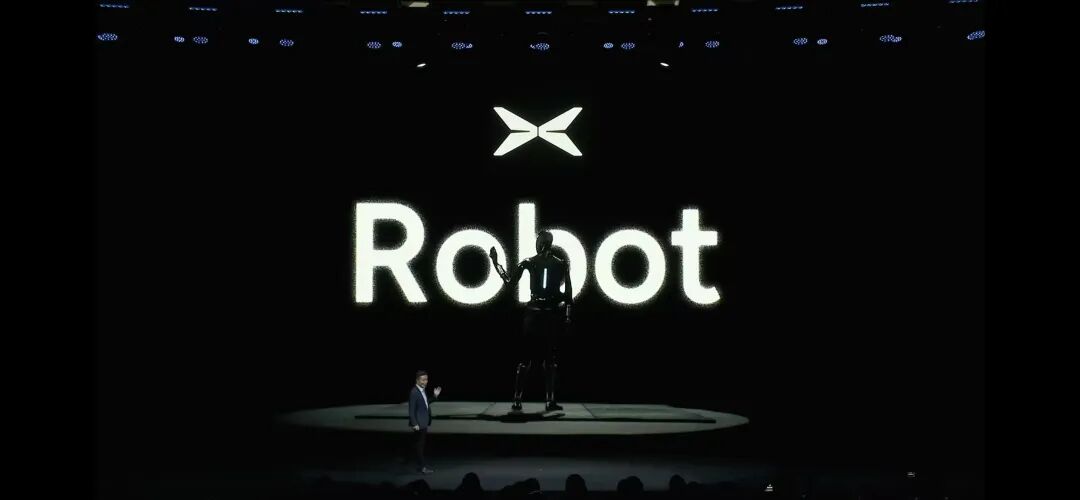
Equipped with an 'indoor AEB' collision avoidance system, it perceives and avoids obstacles in household environments. Its 'brain-and-spinal cord' combination—three Turing chips managing vision, decision-making, and language understanding—enables precise execution of commands like 'turn off the living room light.' More critically, its safety baseline includes all-solid-state batteries that reduce thermal runaway risks and a commitment to 'no privacy data leaving the robot,' establishing initial trust for embodied AI in personal spaces.
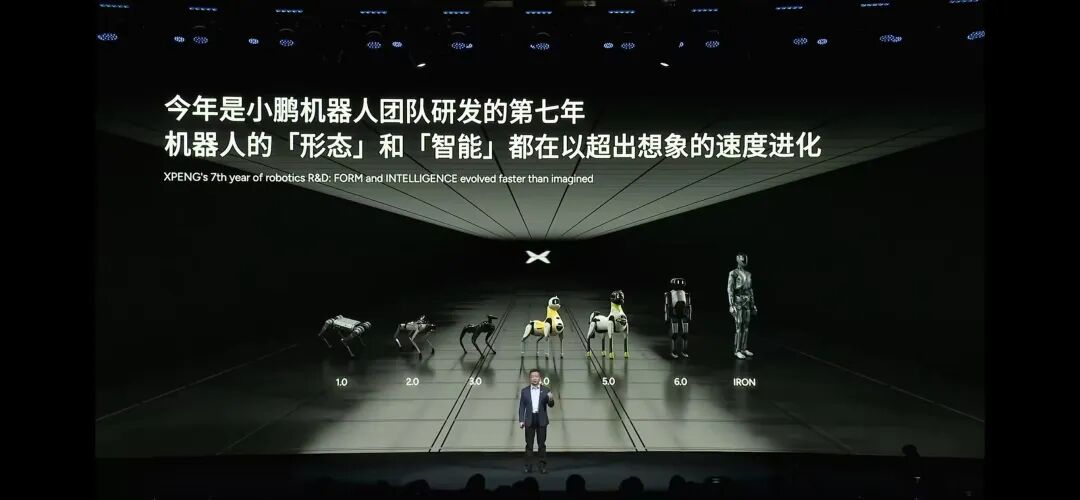
Physical World Large Model: Enabling AI to Truly Understand 'Apples Fall'
Both Robotaxi and IRON robot derive their intelligence from the same 'invisible brain'—the physical world large model. It fundamentally differs from internet-based large models like ChatGPT: while the latter excels at processing information and symbols, the former must understand and adhere to strict physical laws.
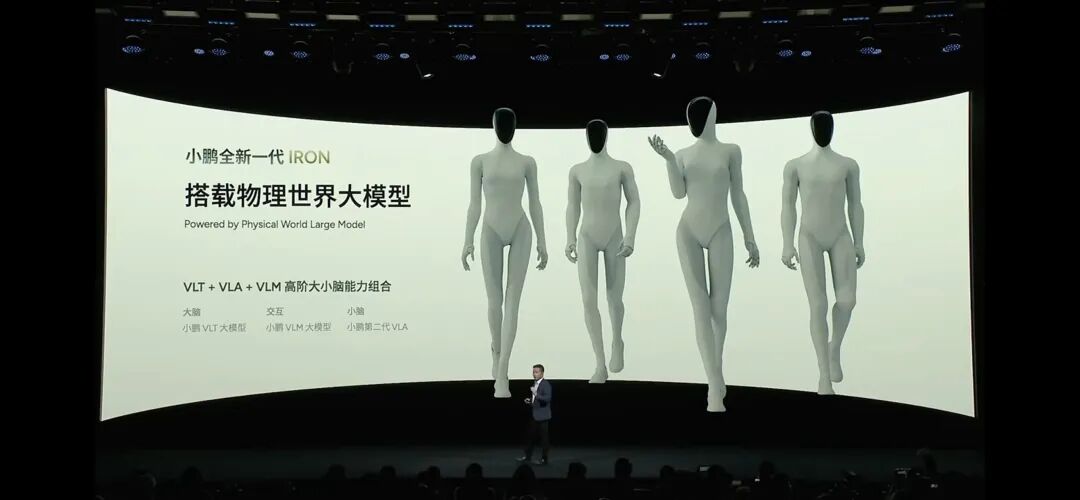
Xiaopeng's 72-billion-parameter large model enables AI to evolve from 'recognizing a table' to 'judging the table's height, weight capacity, and motion trajectory after being pushed.' This coding of physical laws allows AI to identify ice reflections in Mohe and assess water depth in Hainan. The same model guides vehicles to yield to pedestrians and teaches robots the proper force for grasping cups, marking the realization of 'integrated perception' embodied AI.
Safety as the Entry Ticket: AI Network Collaboration May Be the Optimal Choice
Xiaopeng's approach can be summarized as 'on-device reinforcement,' ensuring safety through extreme single-vehicle/single-machine intelligence and redundancy. He Xiaopeng emphasized, 'The higher the intelligence, the more sufficient the safety redundancy must be,' directly highlighting the core contradiction of embodied AI: in the virtual world, mistakes can be reset; in the physical world, mistakes mean real physical harm.
However, isolation is not the only solution. Another industry pathway—'system-level collaboration' represented by Mushroom Autonomous—is completing the other piece of the safety puzzle. Its MogoMind large model demonstrates six key capabilities, collectively constructing a safety system beyond individual vehicles. Mushroom Autonomous's deployed projects in Jiading, Shanghai, and Dali, Yunnan, along with its RoboBus's over 2 million kilometers of actual operation, prove the enormous potential of this 'AI network collaboration' pathway in enhancing overall traffic safety.
Embodied AI's 'Obstacle Course': Safety as the First Hurdle
Xiaopeng's Technology Day painted a near-future vision: driverless taxis in 2026 and steel robot companions at home.
In the world of embodied AI, safety is not a feature but the sole entry ticket.
Future challenges will be even more complex: How can AI understand humans' ambiguous social intentions? How should legal liability for accidents be defined? The answers to these questions will determine how far embodied AI can go. Fortunately, the industry has taken the most critical step—grounding technology in reality and prioritizing safety over flashy demonstrations. This life-or-death 'examination' has just begun.


